Fountain Pens * | Best Sellers Pilot Vanishing Point Raden Galaxy
$88.82 $52.94
Fountain Pens * | Best Sellers Pilot Vanishing Point Raden Galaxy

Pilot Vanishing Point Raden Galaxy. The Maki-E Raden Artform Involves The Placement Of Hand-Carved And Hand-Laid Abalone Shells Into Carved Materials. Traditionally And Even Today, In China, Japan And Across Many East Asian Cultures, Raden Techniques Have Been Applied To Many Objects Such As Furniture And Fine Objects. With Pilot Vanishing Point Raden Pens, Tiny Pieces Of Carved Abalone Shell Have Been Inlaid In To The Pen And Then Finished With Hand-Lacquered And Hand-Polished Urushi Technique. The Raden Stripe Design Features Small Pieces Of Raden Varying Shapes Along The Midpoint Of Pen Barrel. The Abalone Shells Inlaid Along The Pen Barrel Beautifully Reflect Light In Stunning Ways. As You Rotate The Pen And Light Bounces Off Each Shell Piece, It Appears As If The Pen Is Changing Colors As You Rotate The Pen.
About Pilot Vanishing Point: In 1963, Pilot Released The First Ever Retractable Fountain Pen. After Clicking The Push Button, The Nib Slides Forward And Pushes The Lid Down. By Clicking The Push Button Again, The Nib Retracts And The Lid Springs Up, Shutting The Gap Air-Tight To Prevent The Ink From Drying Out. The Nib Is Slim To Fit Inside The Pen, And It Folds Down To Grab The Feed Tightly To Handle The Constant Movements. The Very First Version Of Capless Was Actually A Much More Complicated Mechanism To Twist And Expose The Nib — And It Was A Result Of 6 Years Research. It’S Also Worth Noting That After The War In Japan, The Businesses Were Booming, And Many Brands Were Willing To Invest In Product Developments. Many Brands We Mentioned Before Such As Midori (Diamond Memo), Radar (Seed Eraser) And Sailor (First Ballpoint, First Ink Cartridge And First 21K Gold Nib) All Had Some Notable Products Around This Time. Pilot, Too, Was Busy. Aside From Capless, Elite And Custom Series Were Introduced, And The First 0.5Mm Ballpoint With Stainless Steel Tip Was Introduced By Pilot As Well. For The Past 50 Years, There Has Been 11 Different Generations Of Capless.
Be the first to review “Fountain Pens * | Best Sellers Pilot Vanishing Point Raden Galaxy” Cancel reply
Related products
Fountain Pens
Fountain Pens * | Exclusive Design Sailor Fude De Mannen Brush Style Fountain Pen Dark Blue
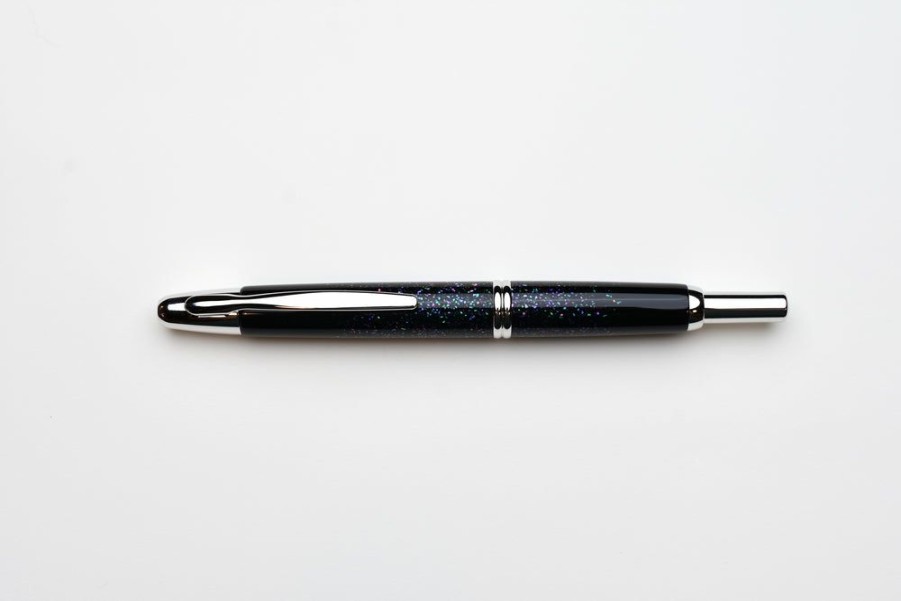
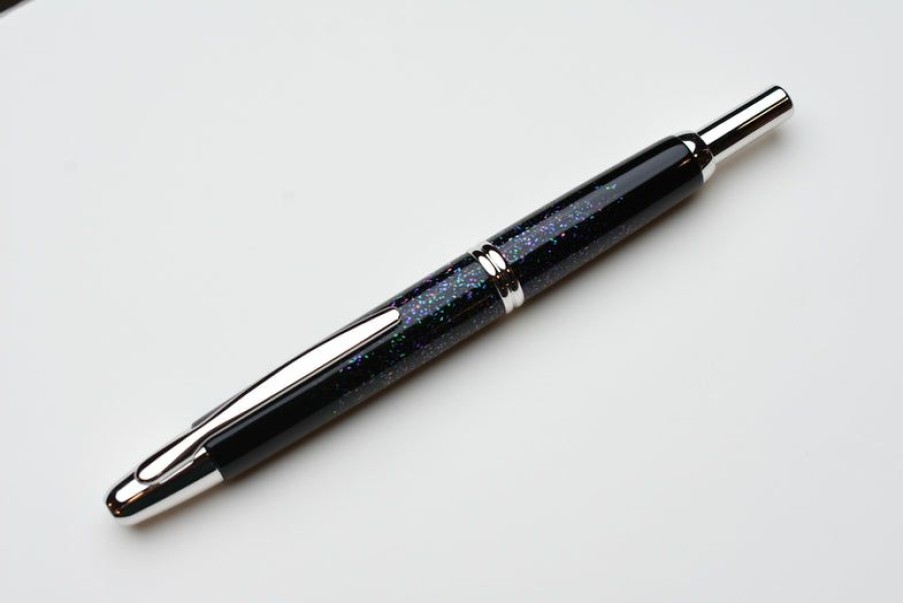
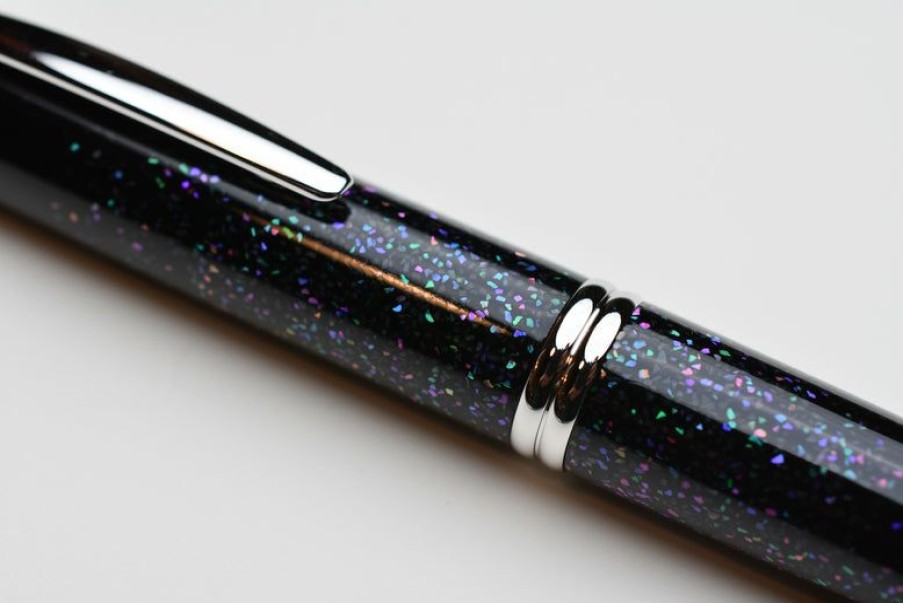
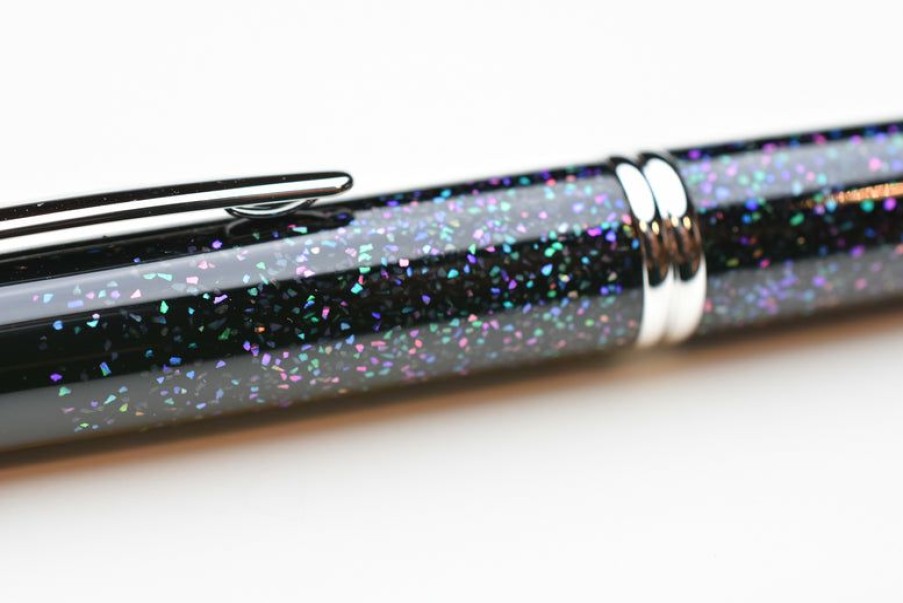
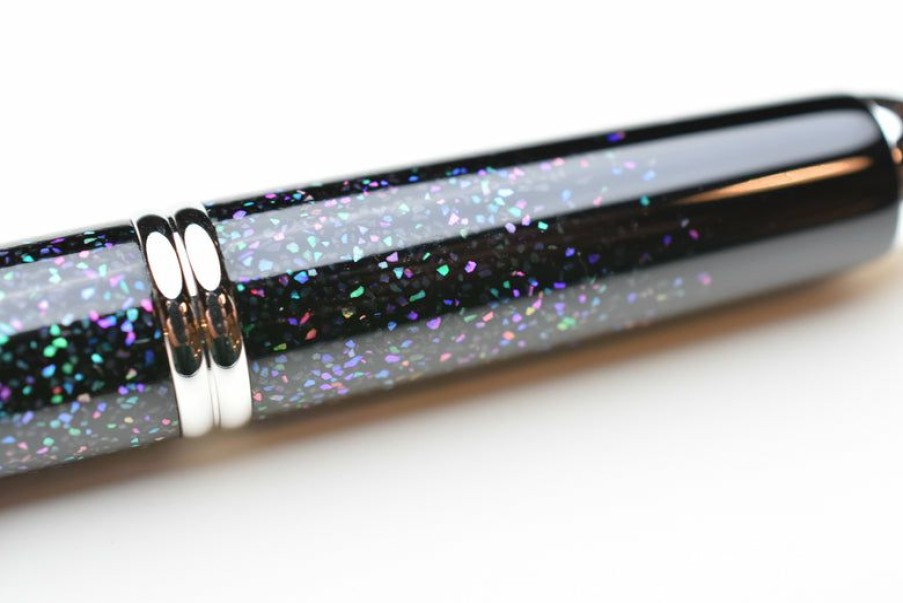
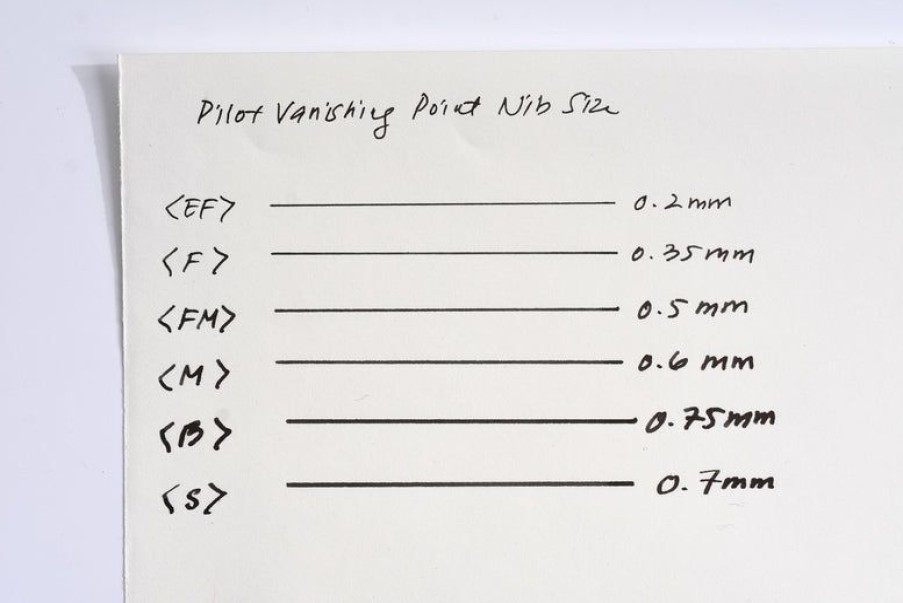
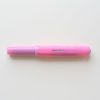
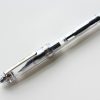
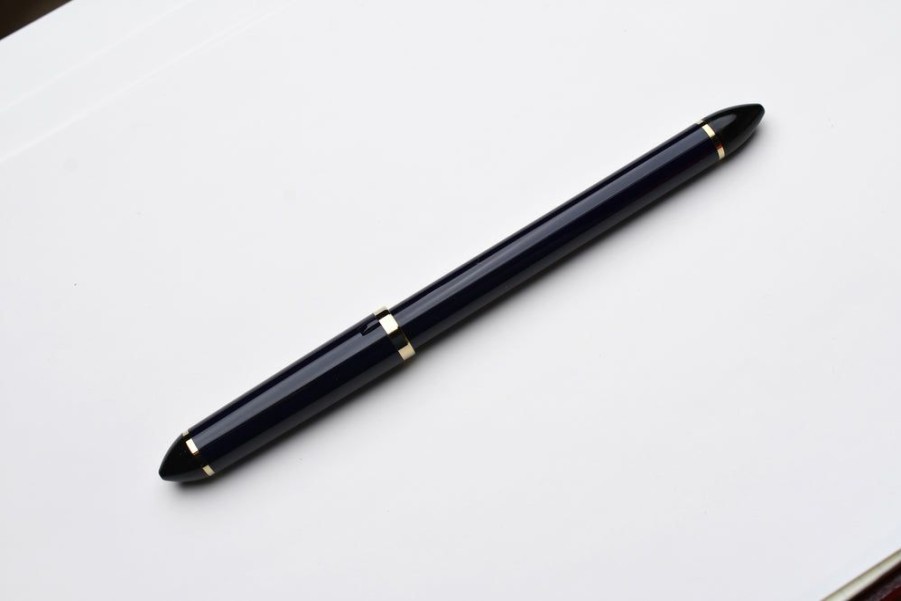
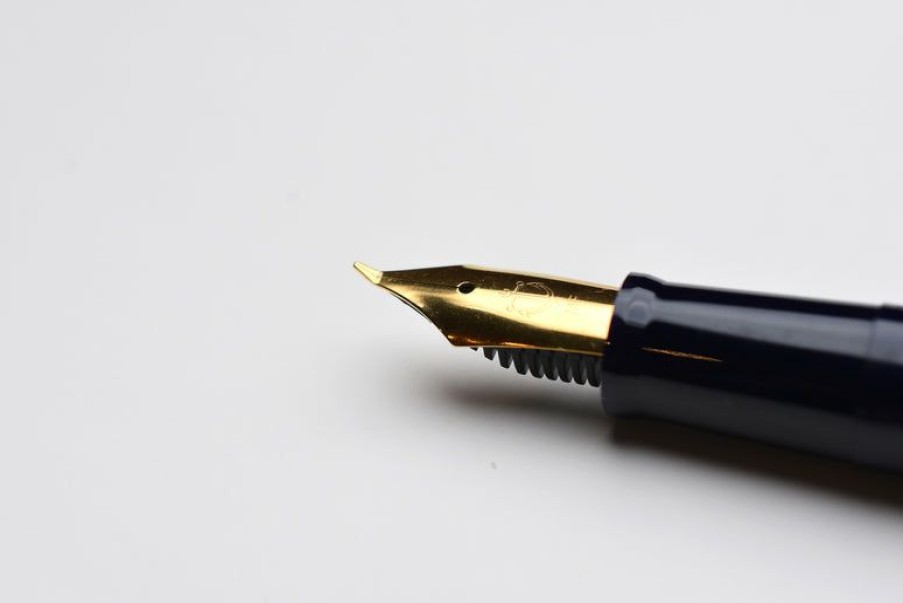
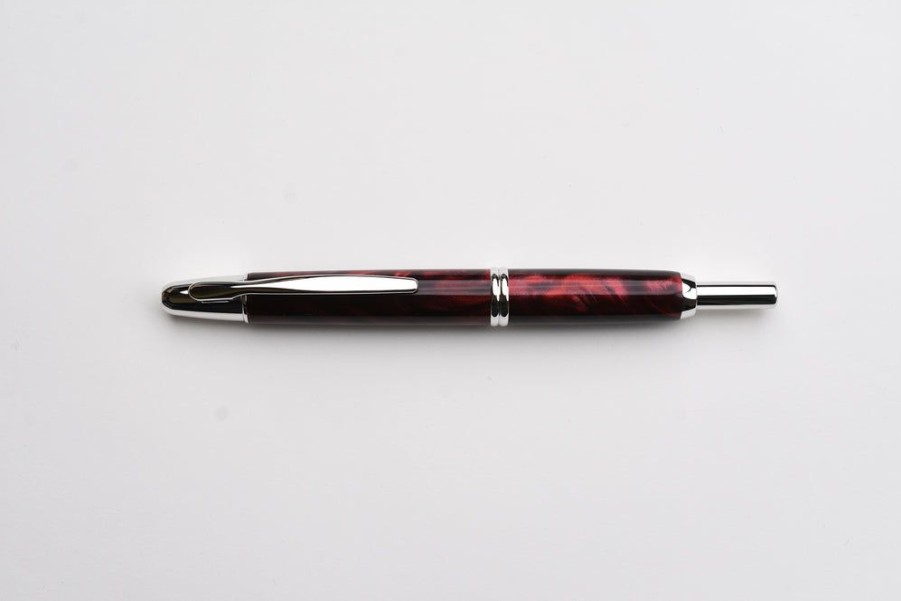
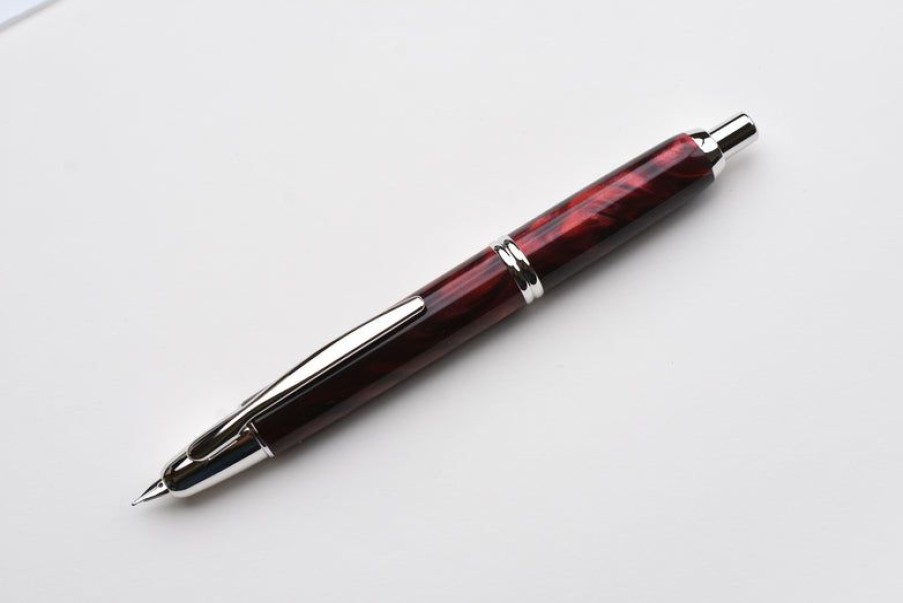
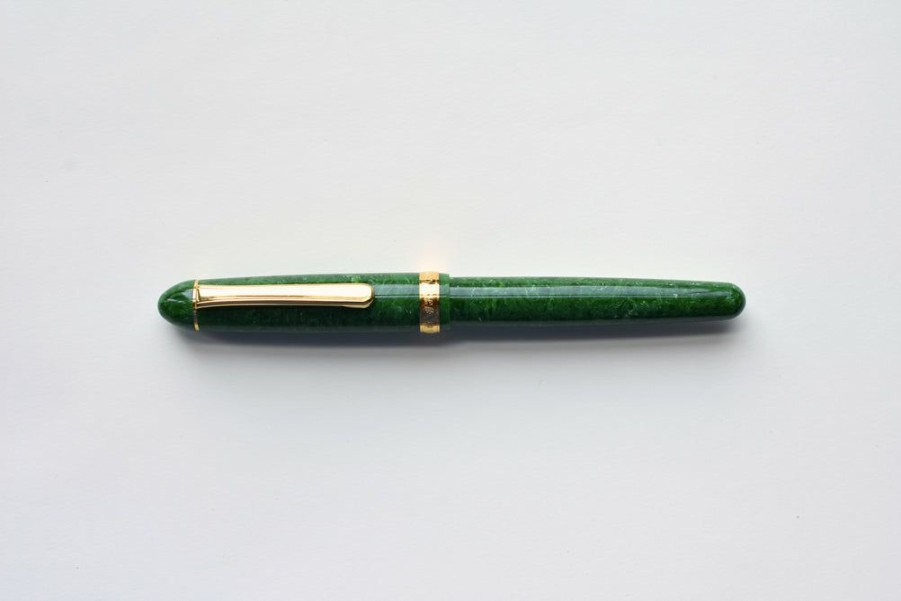
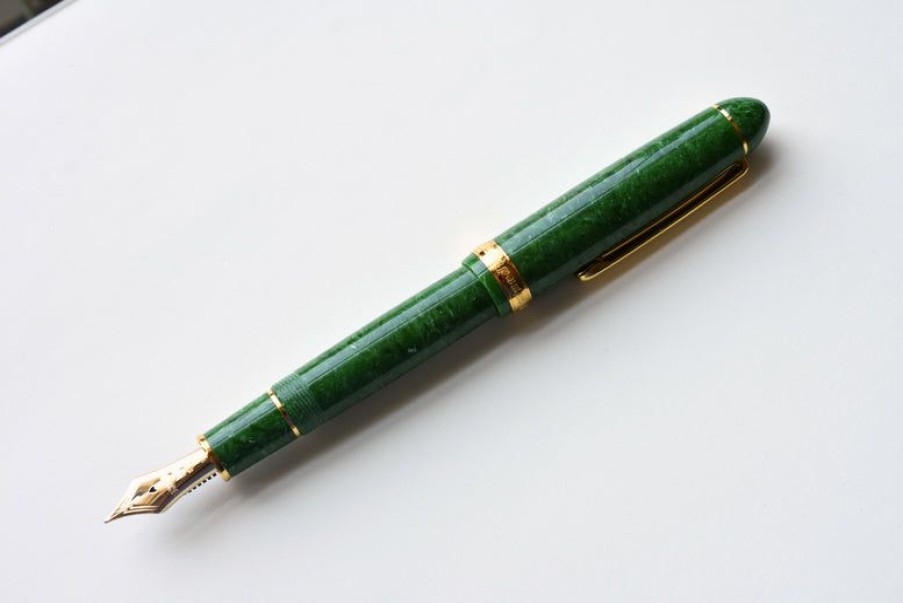
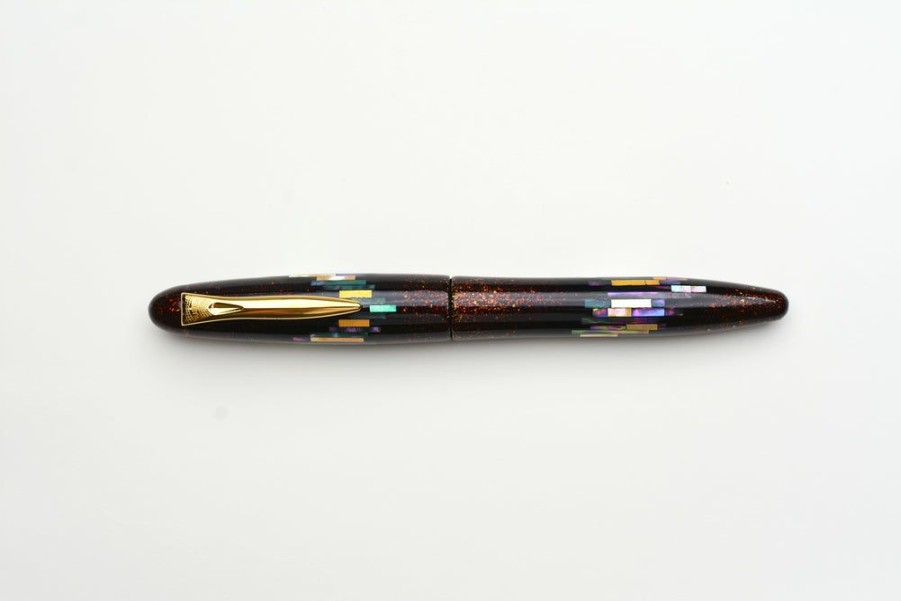
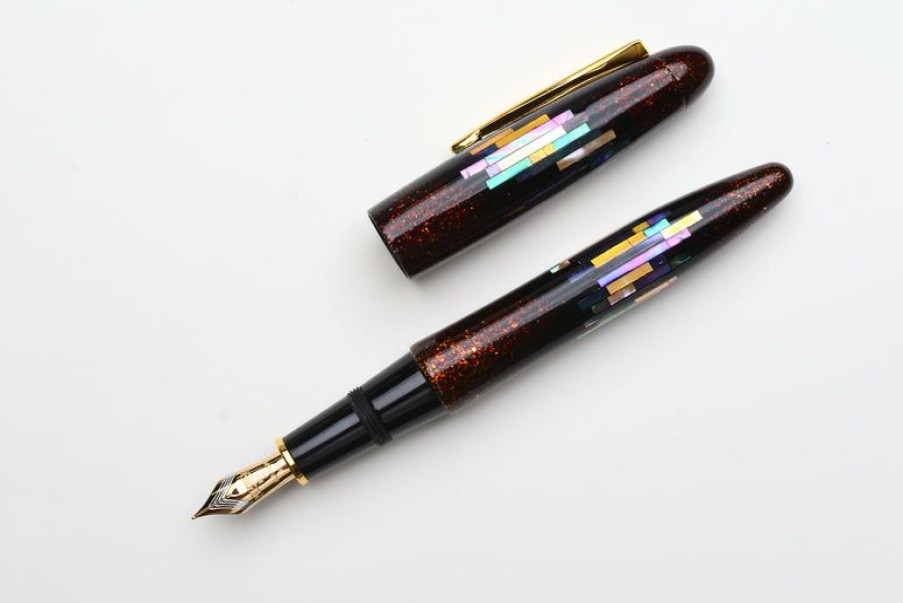
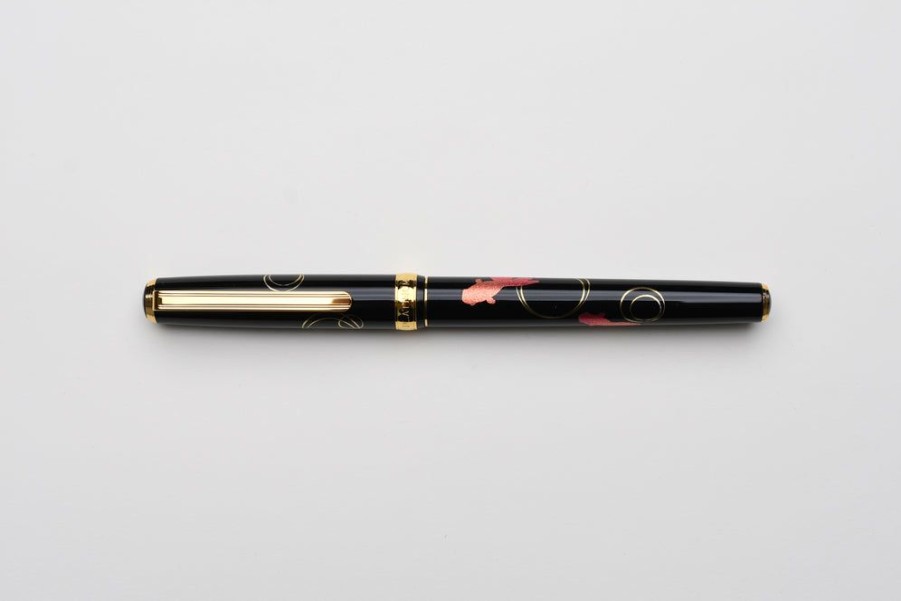
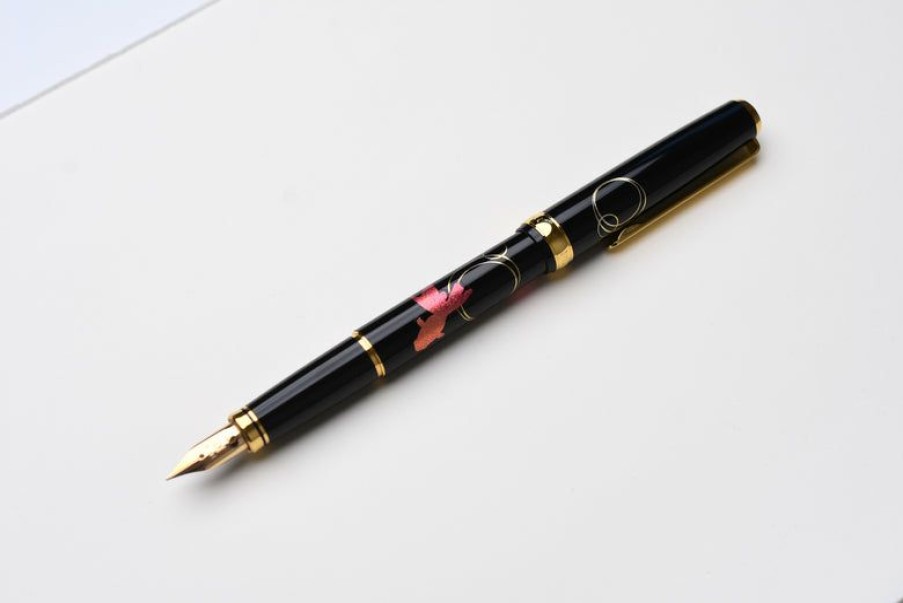
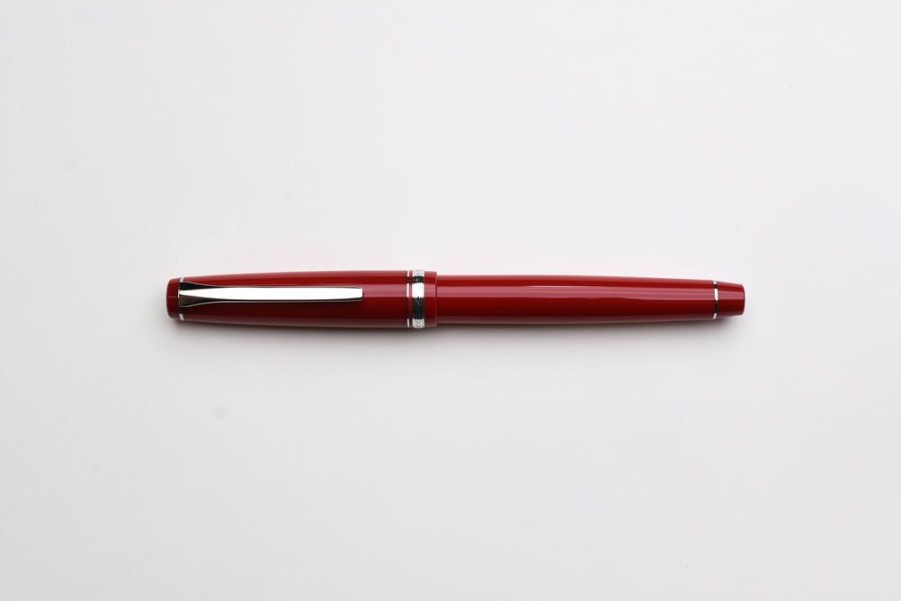
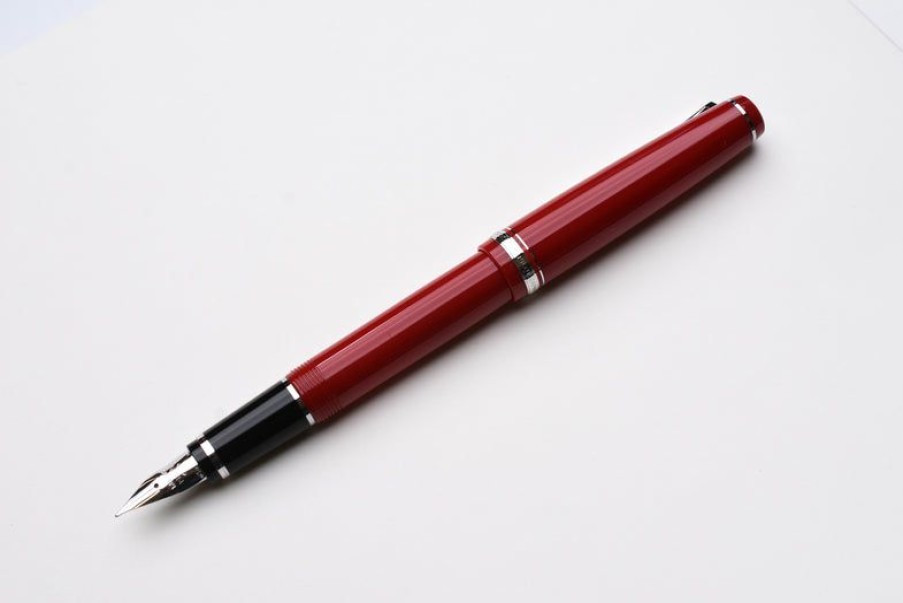
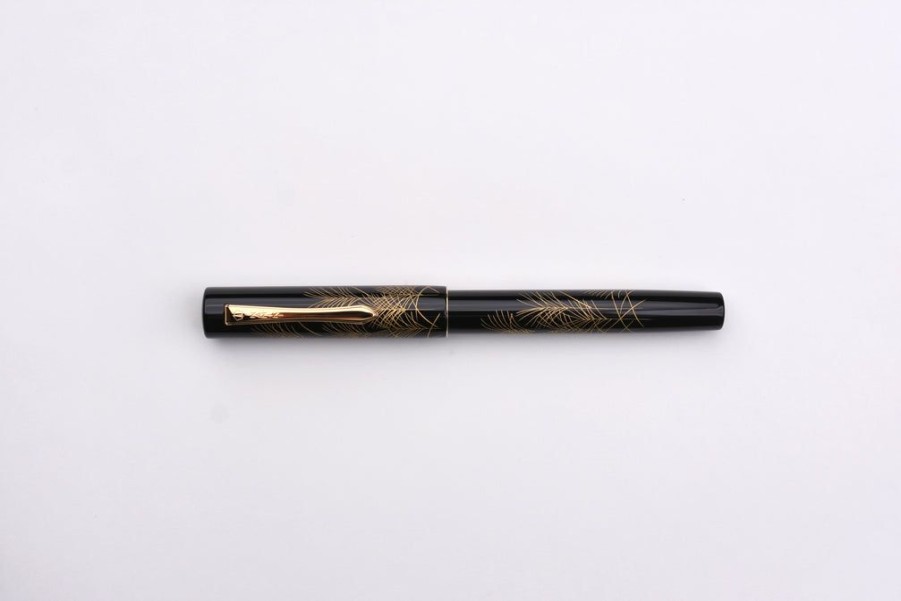

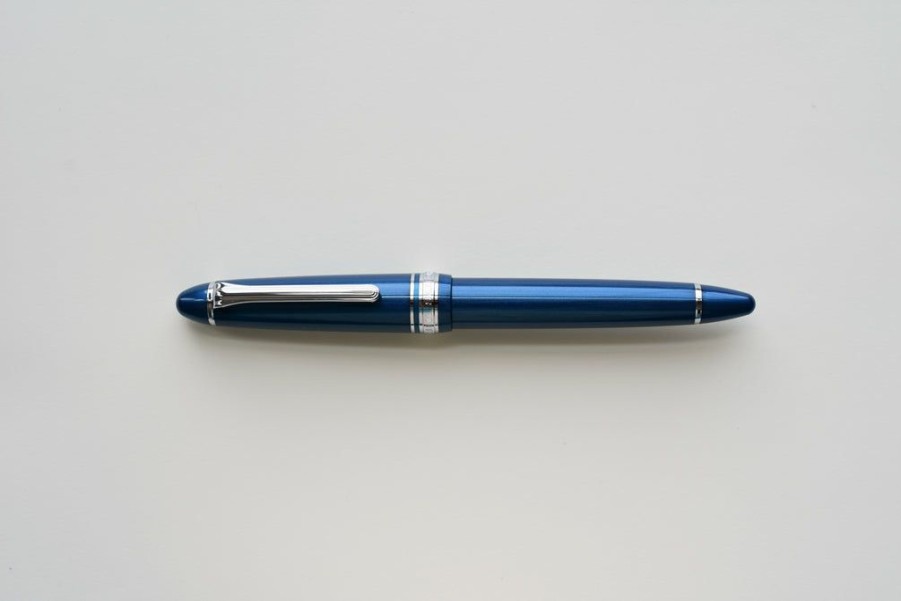
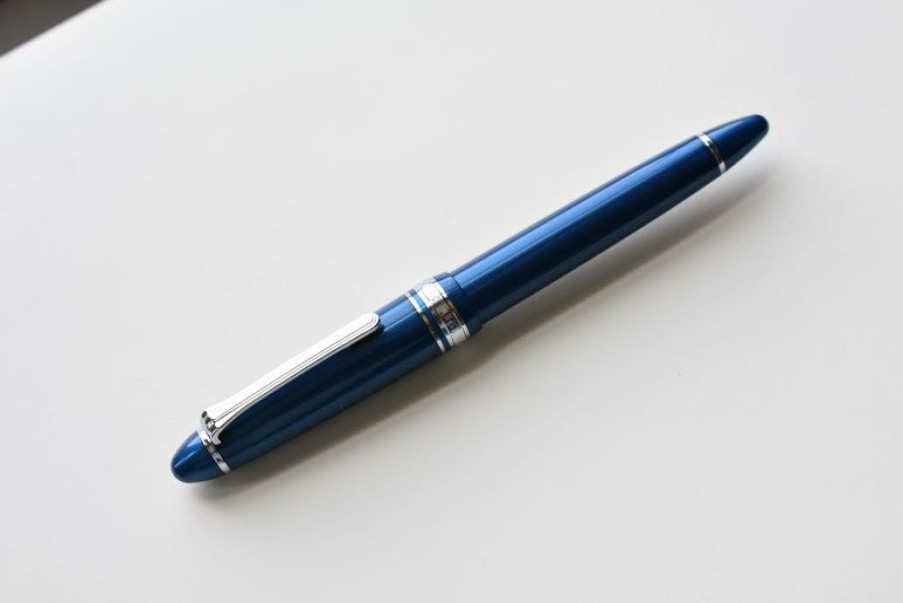
Reviews
There are no reviews yet.